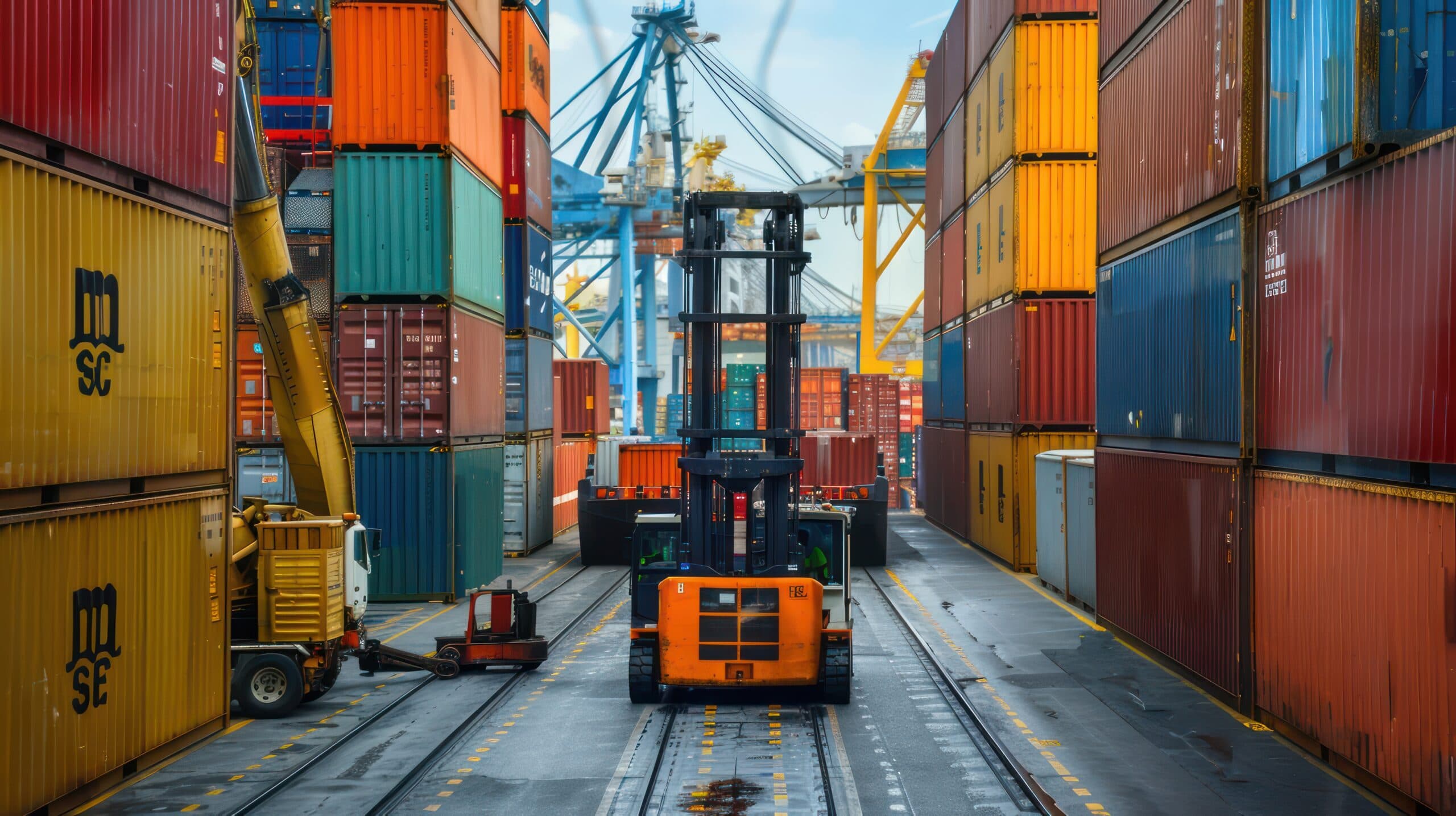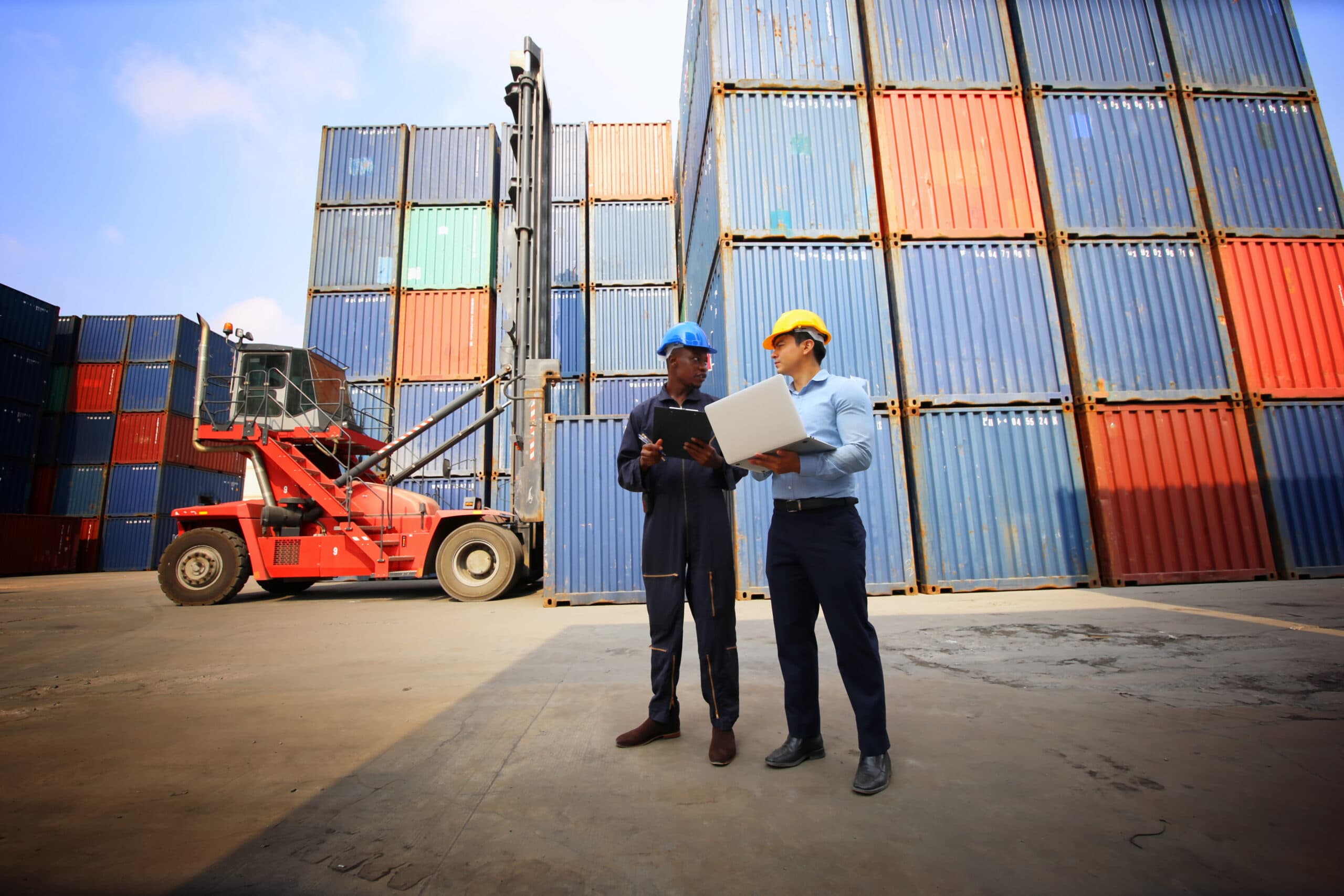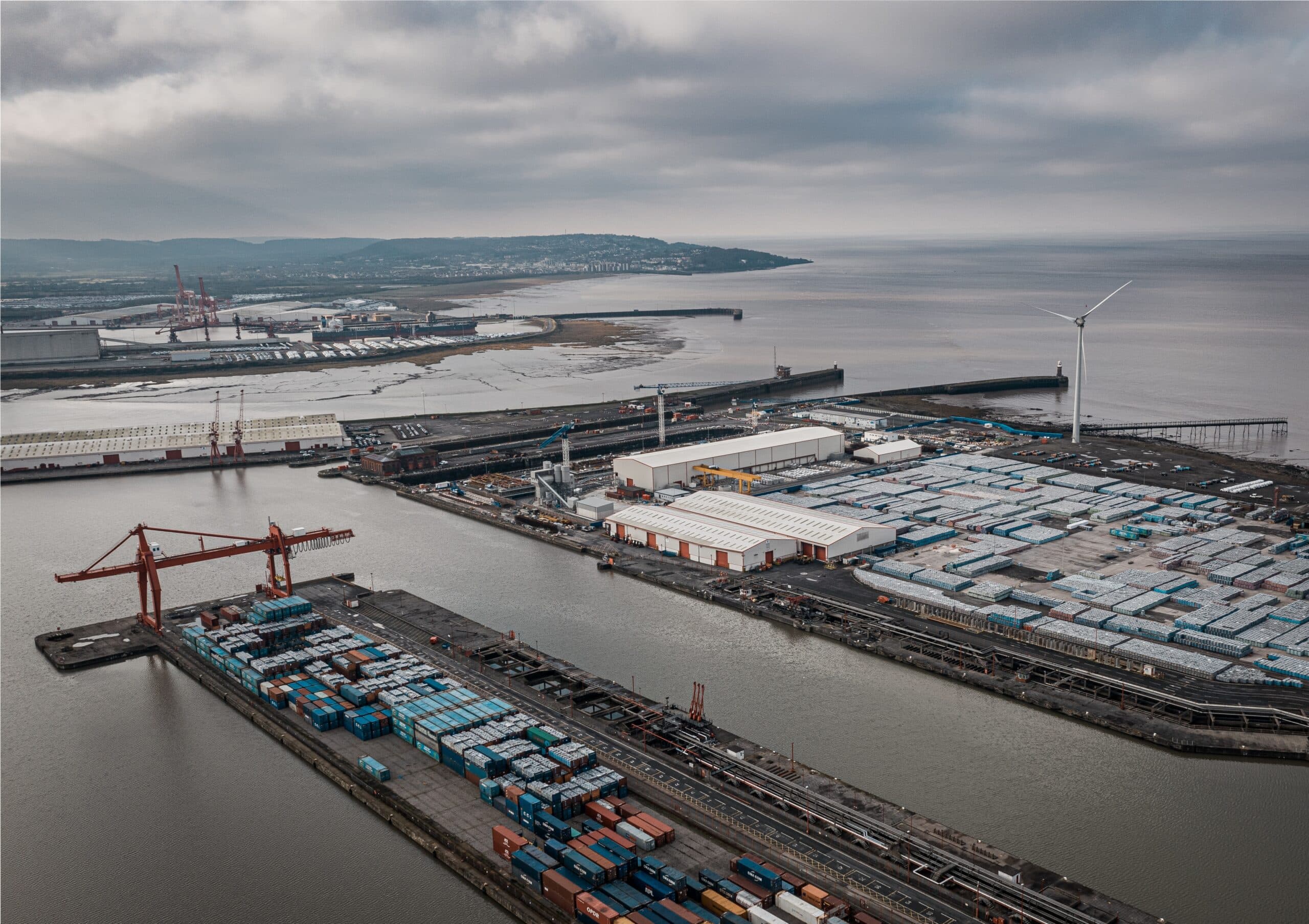From Dock to Door: Understanding the Customs Process at London Gateway

In the fast-paced world of global trade, efficiency and compliance are the pillars of success. For businesses importing or exporting goods through the United Kingdom, Customs clearance at London Gateway plays a crucial role in ensuring that shipments move smoothly from the dock to their final destination. Whether you are a first-time importer or a seasoned logistics professional, understanding the customs process at one of the UK’s most advanced ports can save time, reduce costs, and prevent unnecessary delays.
Why London Gateway Matters
Located on the Thames Estuary in Essex, London Gateway is more than just a port — it’s a fully integrated logistics hub. Operated by DP World, it combines a deep-sea container terminal with state-of-the-art supply chain facilities. Its strategic location allows businesses quick access to London, the Midlands, and the South East, making it a preferred entry point for international trade.
But while the port’s infrastructure ensures efficient cargo handling, the real challenge for many businesses lies in navigating the customs clearance process — the vital link between goods arriving at the dock and being released for delivery.
What Is Customs Clearance?
Customs clearance is the mandatory procedure that allows goods to legally enter or leave a country. It involves preparing and submitting the necessary documentation, ensuring compliance with UK customs regulations, and paying any applicable duties and taxes.
The process confirms that all goods comply with trade laws, safety standards, and import/export restrictions. Without proper clearance, shipments can face costly delays, penalties, or even seizure.
At London Gateway, customs clearance is handled through the UK’s Customs Declaration Service (CDS), which replaced the older CHIEF system. This digital platform streamlines the submission of declarations, though accuracy and expertise remain essential for smooth processing.
The Step-by-Step Process of Customs Clearance at London Gateway
1. Arrival and Manifest Submission
When a vessel arrives at London Gateway, carriers or freight forwarders submit a manifest listing all cargo on board. This information is shared electronically with HM Revenue & Customs (HMRC), allowing customs officers to review the contents before the containers are unloaded.
2. Import Declaration
Importers or their appointed customs agents must submit an import declaration through the CDS. This document provides detailed information about the goods — including their classification, origin, value, and intended use.
Each item is classified under a specific commodity code within the UK Trade Tariff, which determines the duty rate and any import restrictions.
3. Document Verification and Risk Assessment
Once the declaration is submitted, HMRC conducts a risk assessment to determine whether the shipment can be automatically cleared or if it requires further inspection. Low-risk consignments are typically released quickly, while higher-risk shipments may undergo document checks or physical examinations.
4. Duty and VAT Payments
Before goods are released, importers must settle any applicable customs duties, import VAT, or excise taxes. Businesses registered for VAT can often reclaim import VAT later, but accurate documentation is crucial.
5. Release and Delivery
Once all requirements are met and payments are confirmed, HMRC issues a clearance message. The goods are then released from the port and can continue their journey through the UK’s logistics network — from the dock at London Gateway to the customer’s door.
The Role of Customs Agents
While it’s possible for businesses to handle customs procedures in-house, many choose to work with professional customs clearance agents. These experts ensure that every document is correctly completed and every regulation followed.
Errors in classification or declaration can lead to significant financial and operational setbacks. Partnering with a trusted customs clearance company, such as Global Customs Clearance Ltd, can make a considerable difference in ensuring compliance and efficiency throughout the process.
Challenges Businesses Face
Despite technological advancements, the customs process at London Gateway still presents challenges:
- Complex regulations: Post-Brexit trade rules have introduced new documentation and compliance requirements for EU and non-EU imports.
- Delays and inspections: Random checks or incomplete paperwork can cause significant disruptions.
- Evolving digital systems: The transition to CDS and integration with supply chain software require continuous adaptation.
- Tariff classification errors: Incorrect commodity codes can result in overpayment or penalties.
Staying informed and relying on experienced customs professionals can mitigate these issues and keep goods moving smoothly.
How to Streamline Your Customs Clearance
- Prepare documentation early: Gather commercial invoices, packing lists, and certificates of origin before your shipment arrives.
- Verify tariff codes: Ensure the correct classification for your goods to avoid unnecessary duties.
- Understand duty relief schemes: Explore programs like Inward Processing or Customs Warehousing to reduce costs.
- Use digital systems efficiently: Work with partners familiar with the CDS to prevent errors.
- Choose reliable partners: Experienced customs agents bring the knowledge and technology needed for fast, compliant clearance.
Navigating customs clearance at London Gateway doesn’t have to be complicated. With the right knowledge, preparation, and professional support, your goods can move seamlessly from ship to shore and straight to your customer’s door.
As one of the UK’s busiest and most advanced ports, London Gateway represents the future of international logistics. Partnering with an experienced company like Global Customs Clearance Ltd ensures that businesses not only meet regulatory requirements but also optimise their supply chain for speed, accuracy, and cost efficiency.






.png&w=256&q=75)
